We continue with the scientific week and today I am going to explain a little about what "Prehistory" was like in the Iberian Peninsula, for this I visited a museum in Lisbon with a prehistory section in which I managed to collect a series of photos of objects With thousands or millions of years, in Portugal there is much historical evidence of the presence of the first (Homininos) and as well as many of the tools that they used to work, hunt or for ornamental purposes!🧠🔬🙇♂️🧔
Continuamos con la semana cientifica y el dia de hoy voy a explicarte un poco sobre como fue la "Prehistoria" en la Peninsula iberica, para ello visite un museo en Lisboa con una seccion de prehistoria en la que logre recopilar una serie de fotos de objetos con miles o millones de años, en Portugal hay mucha evidencia historica de presencia de los primeros (Homininos) y asi como tambien muchas de las herramientas que ellos utilizaban para trabajar, cazar o con fines ornamentales!👨💻👩💻

What is Prehistory?👨🏫🧠 / Que es la Prehistoria??🙇♂️📚
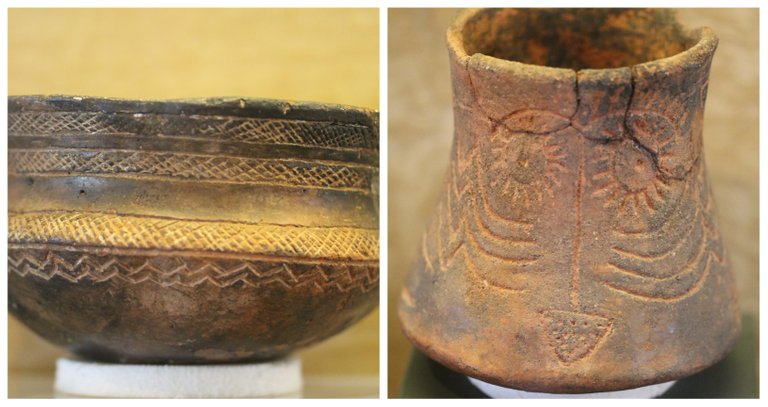
Here in the Iberian Peninsula we could say that "Prehistory" includes that period when the genus "Homo" walked for the first time in the Iberian lands, this was approximately more than a "million years ago", however scientists believe that This great period is between 2,500,000 BC to 3,500 BC, in our territory prehistory had an end when historical texts appeared: (Romans, Phoenicians and Greeks).👨🏫🧔🙇♂️
Aqui en la Peninsula iberica podriamos decir que la "Prehistoria" comprende a aquel periodo cuando el genero "Homo" camino por primera vez en las tierras ibericas, esto fue aproximadamente hace mas de un "millon de año", sin embargo los cientificos creen que este gran periodo se comprende entre los 2.500.000 a.C hasta 3.500 a.C, en nuestro territorio la prehistoria tenia final cuando aparecieron textos historicos: (Romanos, Fenicios y Griegos).📚📚

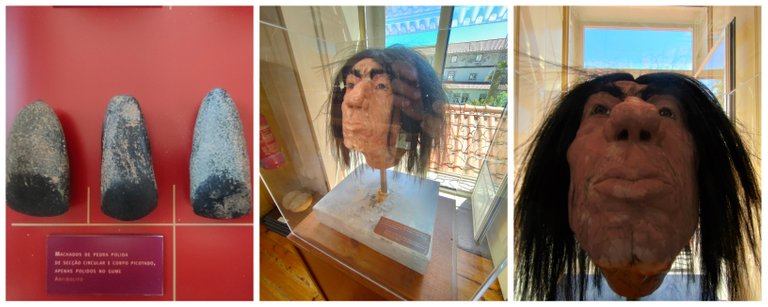
Despite being a very long period, it was only in 1100 BC that the first record of "homo" appeared in the Iberian Peninsula, for the first time in "Levante" and later in the south of the peninsula, the first remains found in the territory were a specimen from "Homo sp." Some specimens of "Homo neanderthalensis" and of course the most modern Homo Sapiens, who has given us the best artistic records including "parietal art" that is, those paintings on stones that exist all over the world, generally in caves!🤔🤯🧔🙇♂️
Apesar de ser un periodo muy extenso apenas en el 1100 a.C fue que aparecio en la peninsula iberica el primer registro de "homo" por primera vez en "Levante" y posteriormente en el sur peninsular, los primeros restos hallados en el territorio fue un ejemplar de "Homo sp." Algunos ejemplares de "Homo neanderthalensis" y claro el mas moderno Homo Sapiens, quien nos ha dado los mejores registros artisticos incluyendo "arte parietal" osea aquellas pinturas en piedras que existen por todo el mundo generalmente en las cuevas! 👨💻📚🧠🌊

Evolution👨🏫🧠 / Evolucion🙇♂️📚

This is the oldest skull within the evolutionary line until reaching our species, it is a skull found in Egypt of (Aegyptopithecus zeuxis), it is believed that it inhabited the earth 35-38 million years ago in the Oligocene, only one is known species of this genus.🦕🐵
Este es el craneo mas antiguos dentro de la linea evolutiva hasta llegar a nuestra especie se trata de un craneo encontrado en Egipto de (Aegyptopithecus zeuxis), se cree que habito la tierra hace 35-38millones de años en el Oligoceno, solo se conoce una especie de este genero.😱😱

Now I present to you this "Hominid" that is believed to have inhabited the earth about: (3.9 - 3 million years ago), this one never arrived in Europe like many others, scientists think that it only "inhabited Africa" the evolutionists arrived to the conclusion that it could be an ancestor of the "homo", as you can see its appearance was that of a "chimpanzee" and it was thin!🐵🦕
Ahora te presento a este "Hominido" que se cree que habito la tierra hace unos: (3.9 - 3 millones de años), este nunca llego a europa al igual que muchos otros, los cientificos piensan que solo "habito africa" los evolucionistas llegaron a la conclusion que podria ser un antecesor de los "homo", como puedes ver su apariencia era a la de un "chimpanse" y era delgado!📚🧠
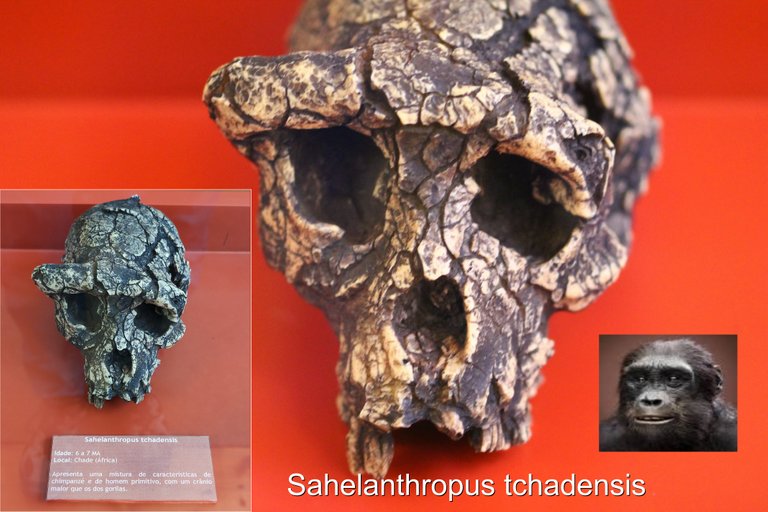
As you can see, the skull begins to acquire similar characteristics to the skull of "today", now we see a specimen of (sahelanthropus tchadensis) it was another hominid whose skull was found in: "Djurab", it inhabited the earth about: "6 7 million years ago" this species was physically very similar to "modern chimpanzees" and is believed to have lived in swampy areas🤯🤔📚
Como puedes ver el craneo comienza a adquirir caracteristicas parecidas al craneo de "hoy en dia", ahora vemos a un ejemplar de (sahelanthropus tchadensis) fue otro hominido cuyo craneo fue encontrado en: "Djurab", habito la tierra hace unos: "6 a 7 millones de años" esta especie era muy parecida fisicamente a los "chimpances modernos" y se cree que habito en zonas pantanosas🧭🚩🌍

Homo ergaster inhabited the earth 1.9 - 1.4 million years ago, it was also exclusive to Africa, this hominid came from "Homo abilis" and there are those who think that it was the predecessor of "Homo erectus" this was very different from the rest of hominids and already worked with tools made of stone📚🤔🤯
El Homo ergaster habito la tierra hace 1.9 - 1.4 millones de años, era exclusivo tambien de africa este hominido procedia del "Homo abilis" y hay quienes piensan que fue el antecesor del "Homo erectus" este era muy diferente al resto de hominidos y ya trabajaba con herramientas hechas de piedra👩💻🧔👨🏫
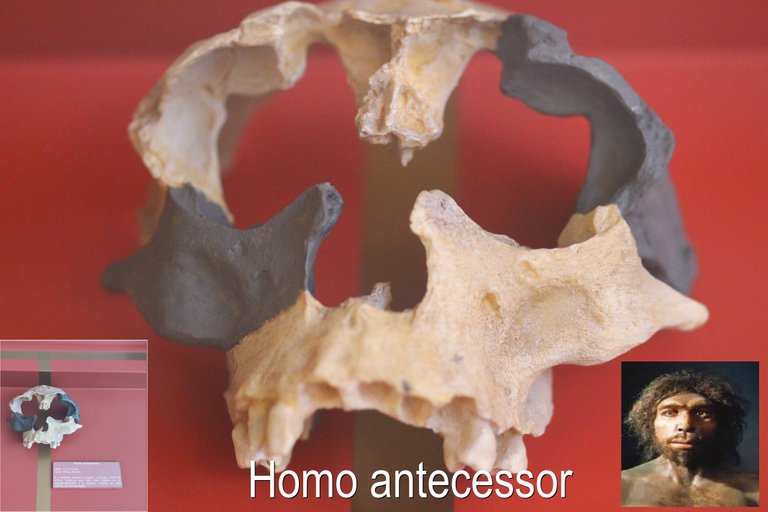
Now we travel about 1.6 million years ago to analyze this beautiful specimen of "Homo antecessor" in Spain the first specimen appeared about "800,000 years ago" it is believed that it inhabited the Pleistocene, they were very intelligent and were able to hunt, gather and feed on little animals! they were quite tall reaching 180 centimeters🦴🦴
Ahora viajamos hace unos 1.6 millones de años para analizar este hermoso ejemplar de "Homo antecessor" en España aparecio el primer ejemplar hace unos "800.000 años" se cree que habito el Pleistoceno, fueron muy inteligentes y eran capaz de cazar, recolectar y alimentarse de pequeños animales! fueron bastantes altos llegando a medir 180centimetros🔬🙋♂️👨💻



We get closer to our modern species and we stop at Homo erectus, this came to inhabit the earth until 117,000 years ago, they lived in "East Asia", in Africa it was classified as H. ergaster and the scientists concluded that all ancestors come from it. of "HOMO", his body was very similar to the modern human and could measure 180cm🤔📚🙋♂️
Nos acercamos mas a nuestra especie moderna y nos detenemos en el Homo erectus este llego habitar la tierra hasta hace 117.000 anos habitaron en "asia oriental", en africa se le clasifico como H. ergaster y los cientificos concluyeron que de el vienen todos los antepasados del "HOMO", su cuerpo era muy parecido al humano moderno y podia medir los 180cm🤔🧔👩

We come to the famous species "humans" who are undoubtedly the most intelligent of all the name comes from "wise man" belongs to the hominids and whose evolution gave him the privilege of being rational, the oldest bones that were collected date back to from about 315,000 years ago "in morocco"👨👩👦
Llegamos a la famosa especie "humanos" que son sin duda las mas inteligentes de todas el nombre proviene de "hombre sabio" pertenece a los homínidos y cuya evolucion le concedio el privilegio de ser racionales, los huesos mas antiguos que se llegaron a recolectar datan de hace unos 315.000 anos "en marruecos"👨💻🤯🌍

We were always smart👨🏫🧠 / Siempre fuimos inteligentes🙇♂️📚

From the moment we learned to use tools to feed ourselves or create accessories to facilitate our day to day, our ancestors were building a legacy to our most modern species, studying the various hunting and decorative objects help us today to understand what behavior was like of our ancestors!😱🐵🙋♂️🧠
Desde el momento que aprendimos a utilizar herramientas para alimentarnos o crear accesorios para facilitar nuestro dia a dia nuestros antepasados fueron construyendo un legado hasta nuestra especie mas moderna, estudiar los diversos objetos de caza, decorativos nos ayudan hoy en dia a entender como era el comportamiento de nuestros ancestros! 👨💻🤯🌍

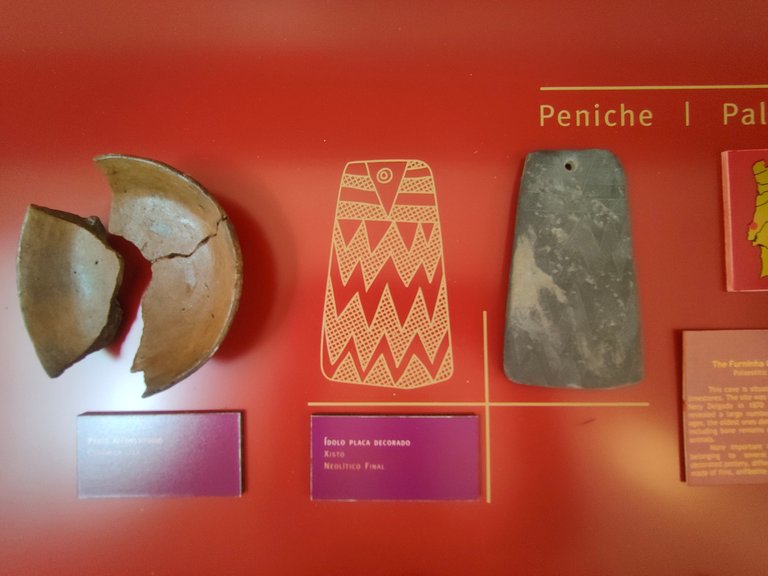


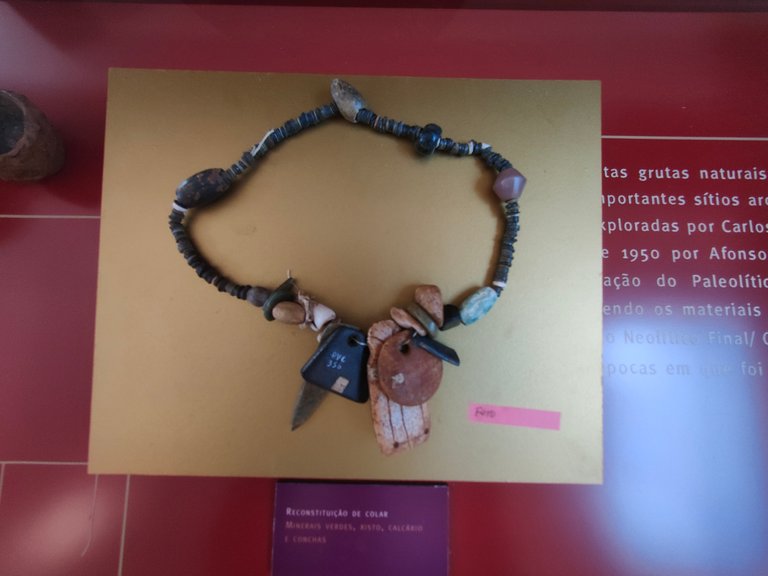

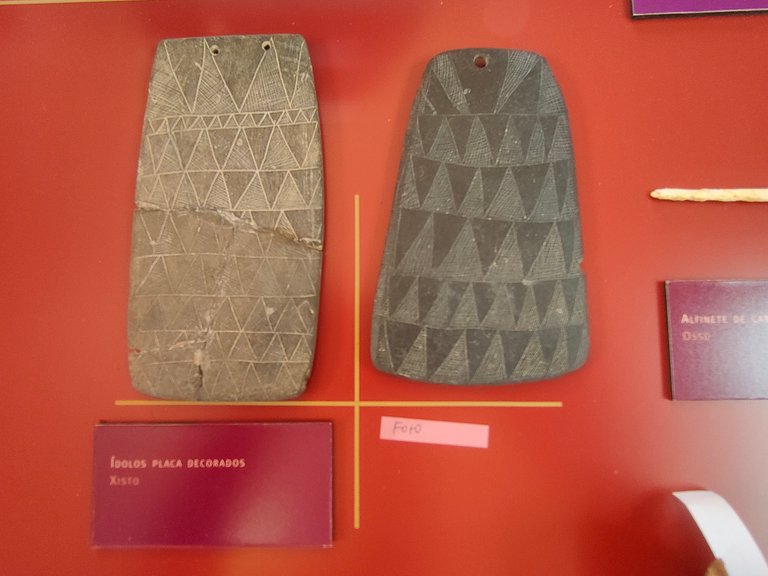

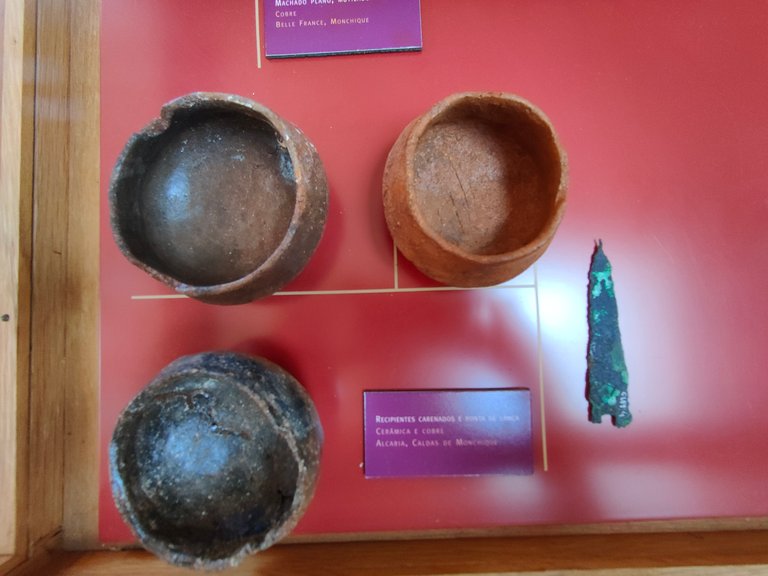
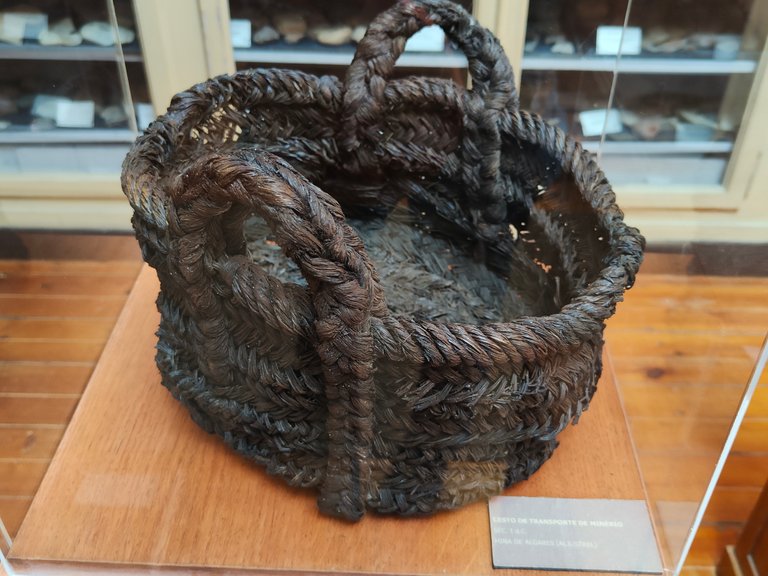

Interesting things found👨🏫🧠 / Cosas interesantes halladas 🙇♂️📚

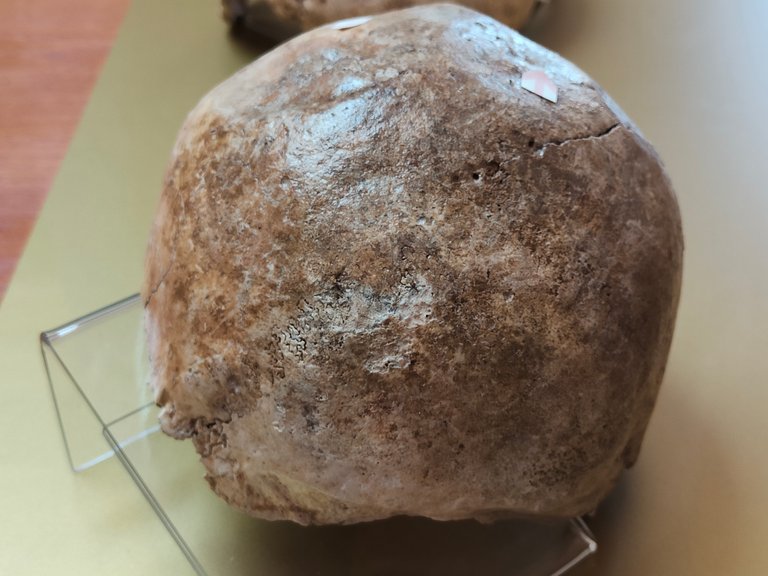
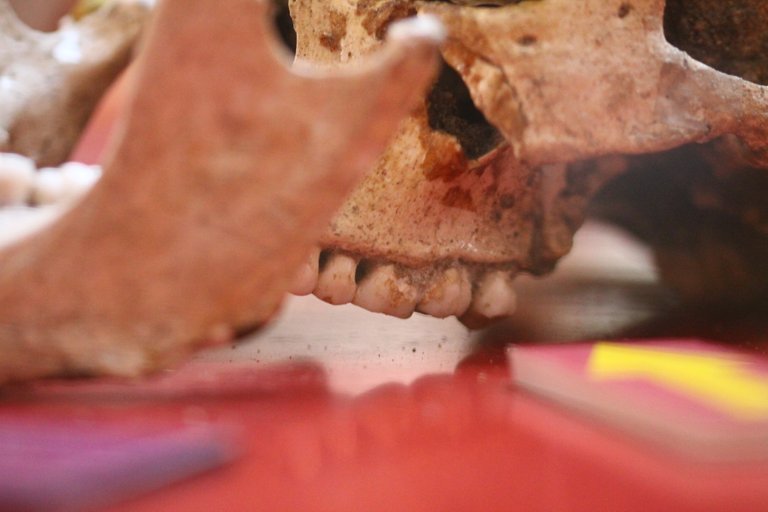
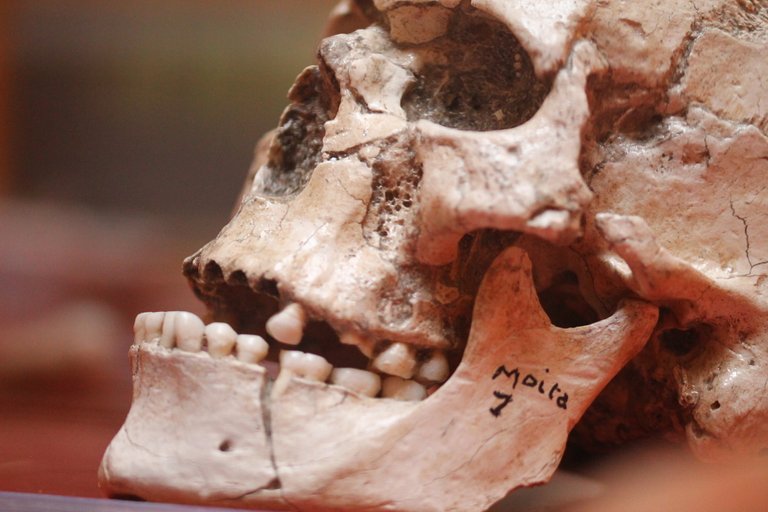
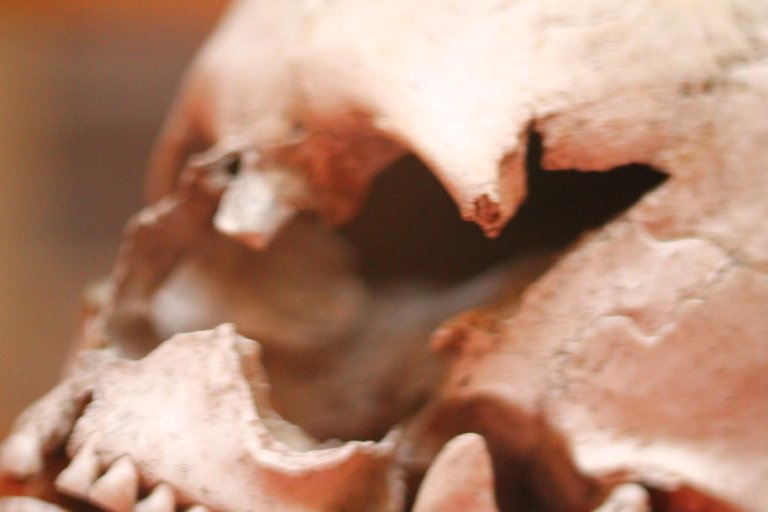
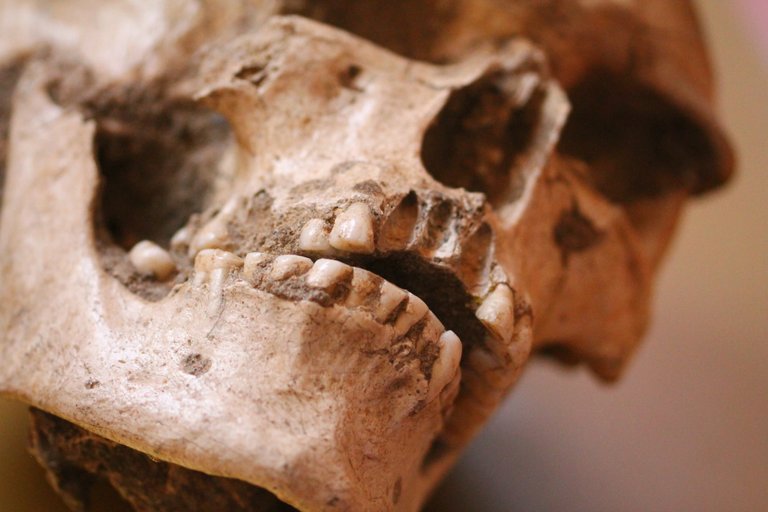
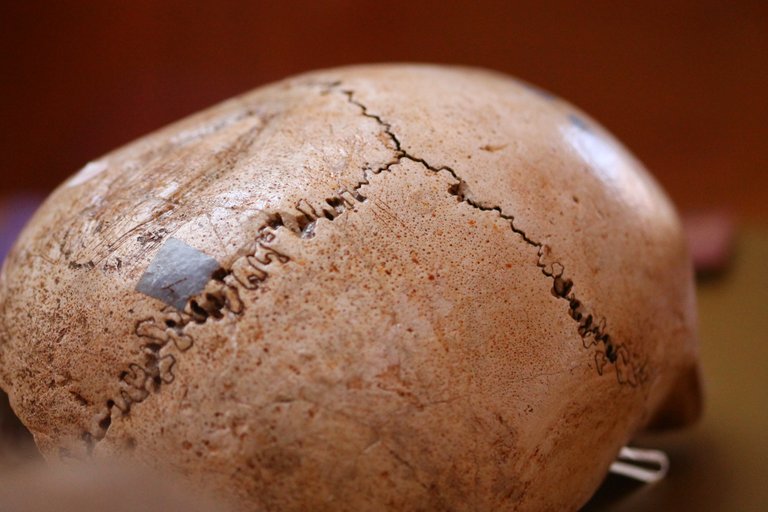
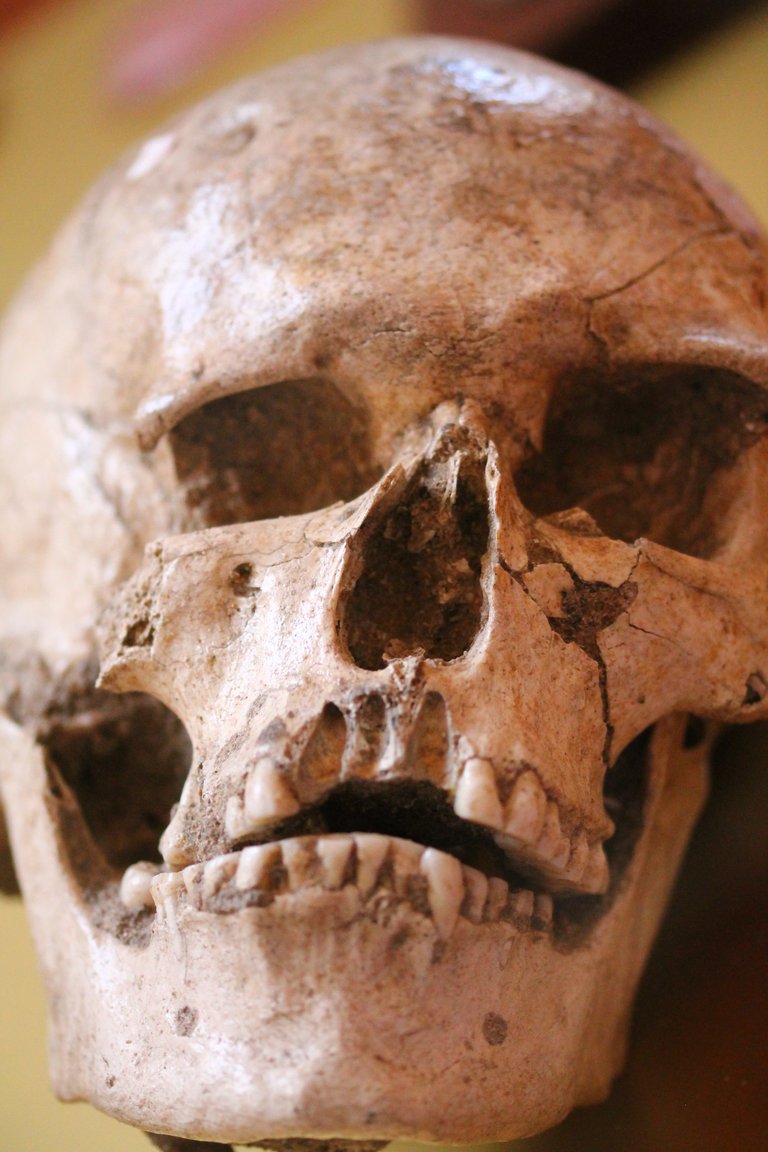
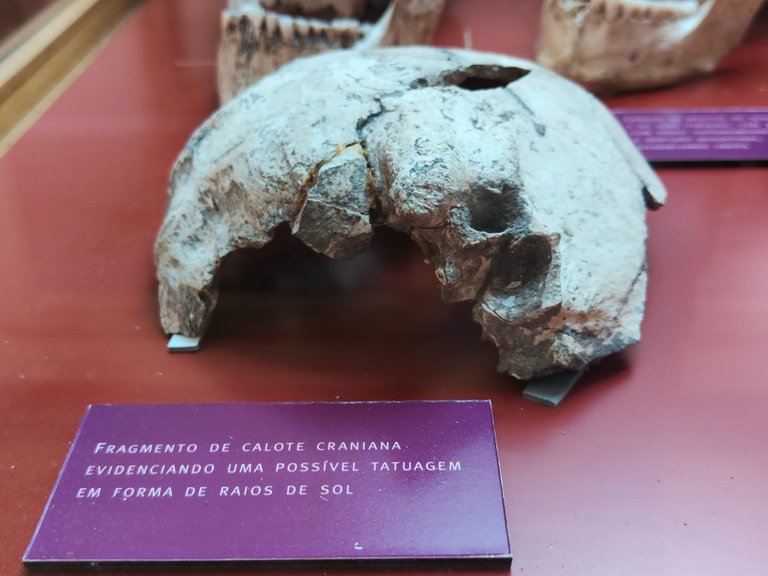
Fossil remains always tell us interesting stories, and there are many skulls with some details that are quite interesting because they date back hundreds or thousands of years, for example in this museum there are skulls that show bone diseases due to lack of vitamins, then a skull destroyed by a wound, also one that shows signs of having been tattooed! and finally and interestingly one with some cavities in the teeth!🙋♂️🧠🤯🚩
Los restos fosiles siempre nos cuentan historias interesantes, y hay muchos craneos con algunos detalles que son bastante interesante porque datan de hace ciento o miles de anos, por ejemplo en este museo hay craneos que muestran enfermedades en los huesos por falta de vitaminas, luego un craneo destruido por una herida, tambien uno que muestra senales de haber ser tatuado! y por ultimo e interesante uno con algunas caries en los dientes!🕵️♂️🕵️♀️

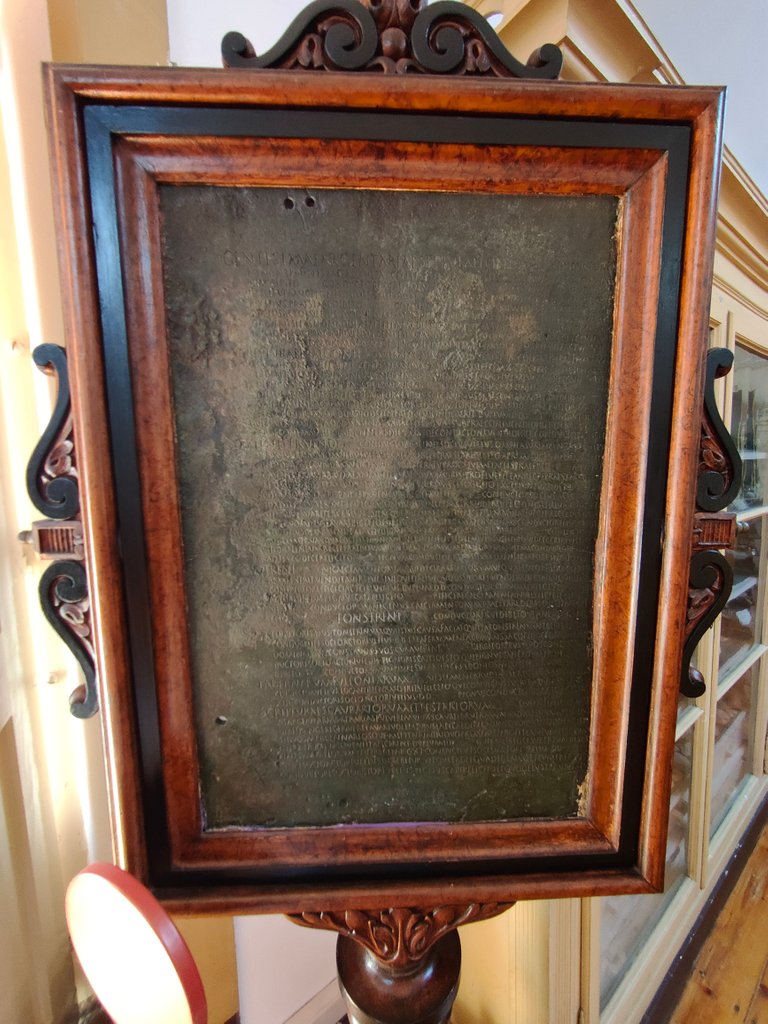
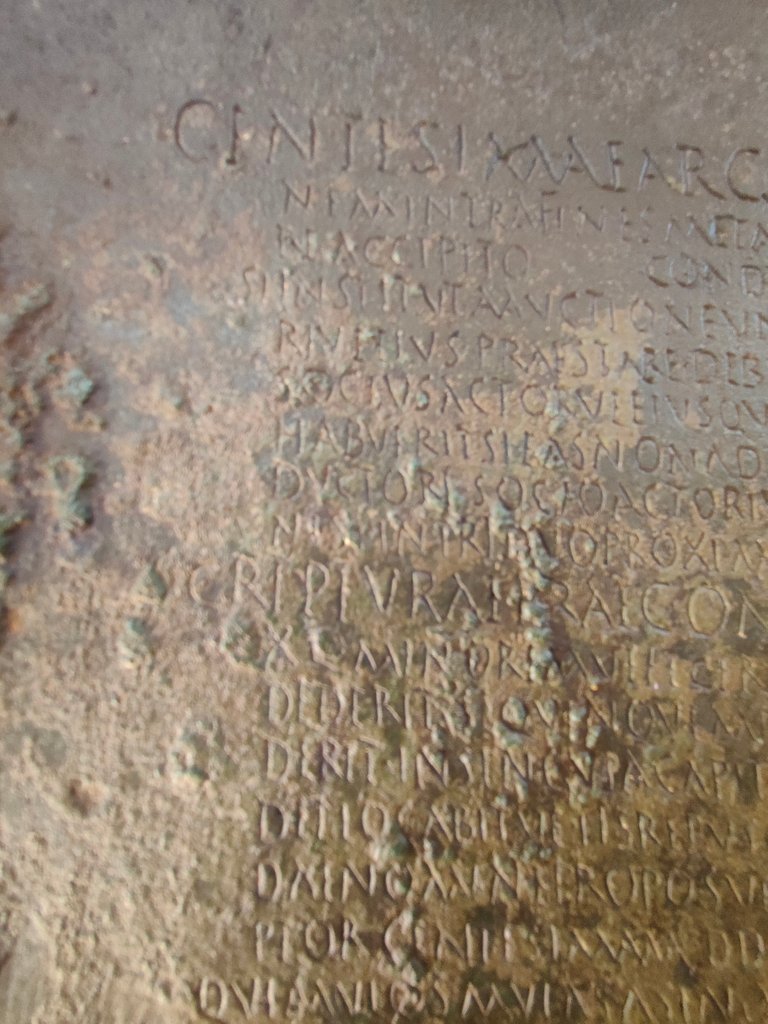
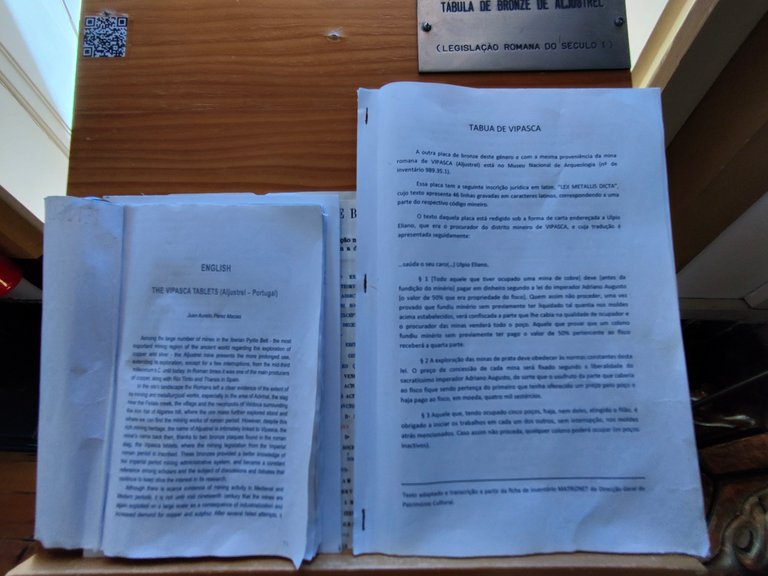

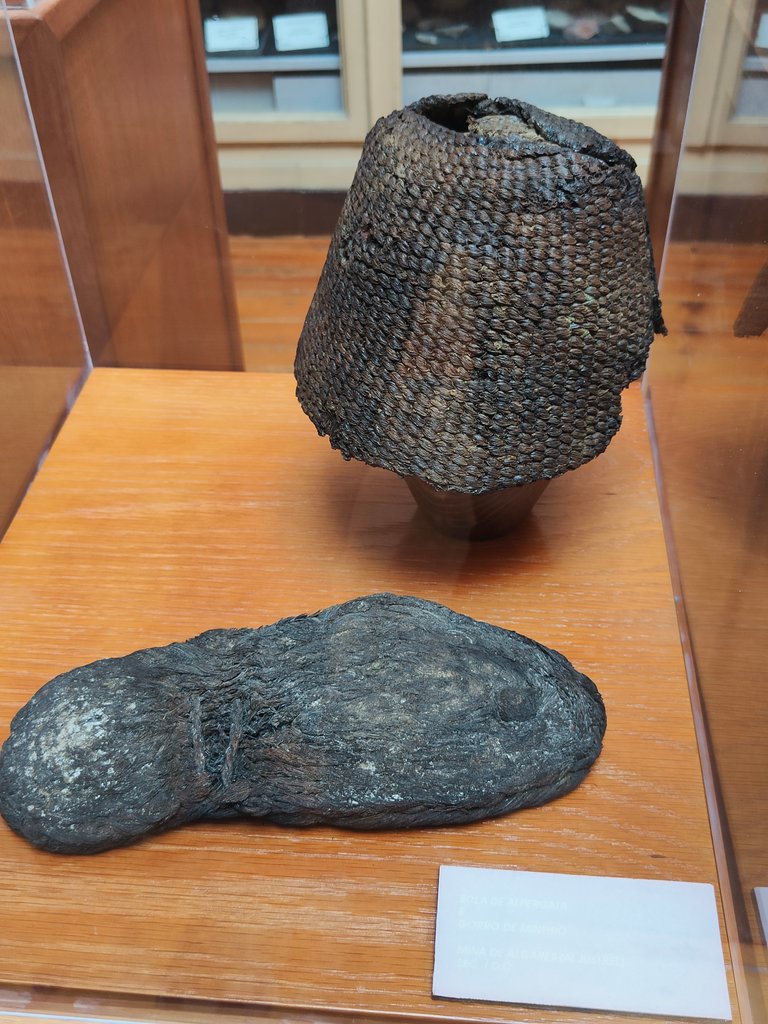


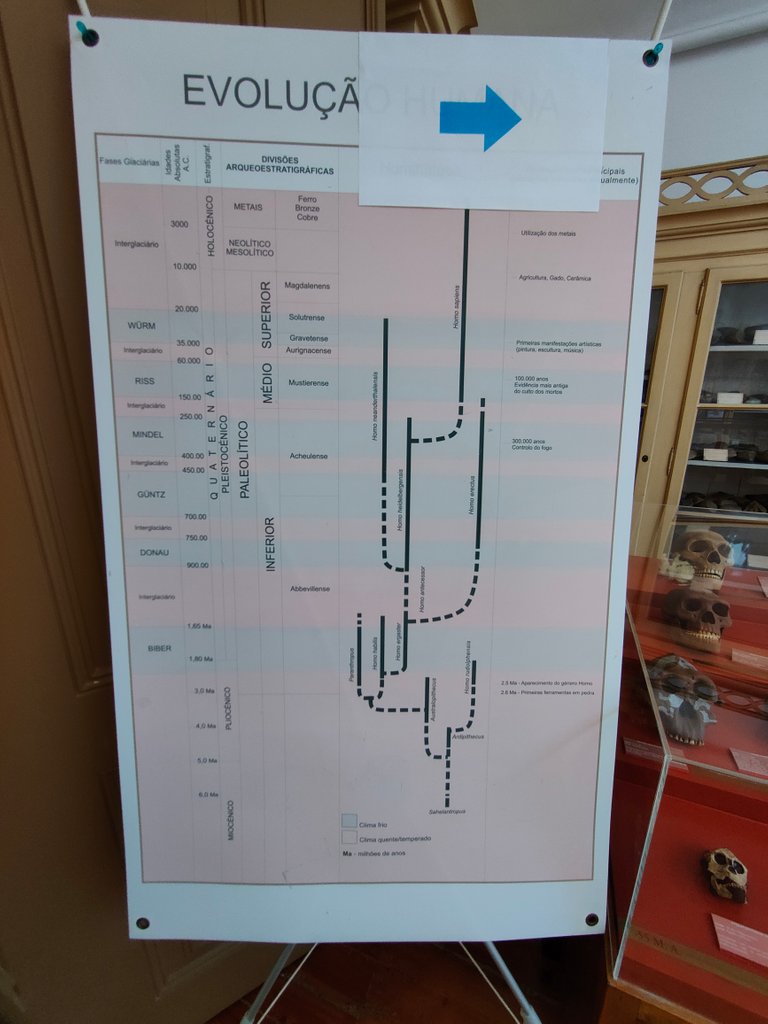
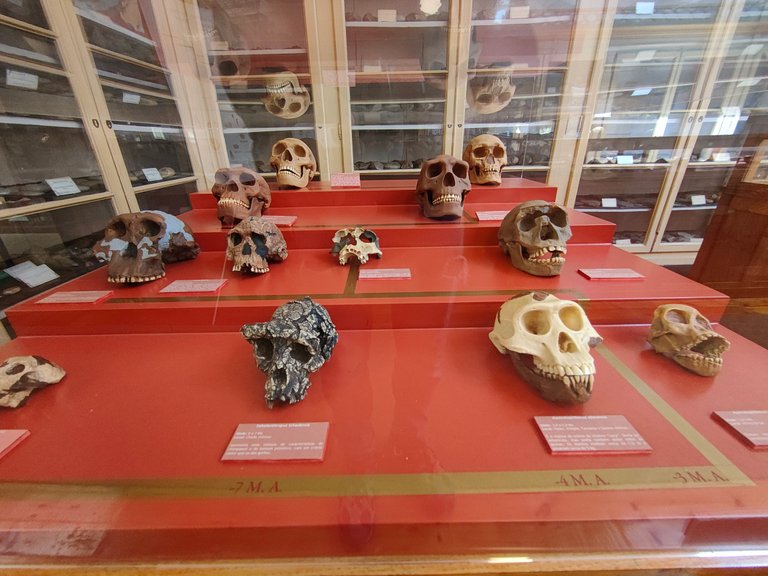

DNA is an organization to foster and DENSIFY NATURE-APPRECIATION which aims to establish REPORTS OF BIODIVERSITY DATA that is contributed by all of us Hiveans and subsequently cataloged.
Therefore DNA searches for HIGH-QUALITY posts that aim to DESCRIBE and determine the BIODIVERSITY AROUND YOU with added EXPLANATIONS and INFORMATION. For these informative posts they offer a CURATION SERVICE using the @dna.org account. It is also a CURATION TRAIL. Just add the #dna TAG if you think that any of your posts is what they are looking for.
THANKS FOR READING ME / PHOTOS OF MY PROPERTY)🙂🧠🦾👍
Sources /Referencias bibliograficas:
https://es.wikipedia.org/wiki/Prehistoria_en_la_pen%C3%ADnsula_ib%C3%A9rica
(The description of the species was extracted from WIKIPEDIA together with some descriptions of the museum)
the images that recreate each species mentioned ARE NOT MY PROPERTY and were extracted from wikipedia
Due to the scientific nature of this post, the descriptive material was extracted from the pages cited for direct citations: ""















































View or trade
BEER.Hey @oscurity, here is a little bit of
BEERfrom @pixresteemer for you. Enjoy it!Learn how to earn FREE BEER each day by staking your
BEER.Vaya, de verdad que está muy interesante todo el registro fotográfico que lograste realizar de lo que hay en el museo de Lisboa. Todo lo que implica la prehistoria son cosas que dan mucho para pensar, eso es algo que lo hace algo fascinante. De verdad que disfruté mucho viendo cada fotografía de estas piezas de gran valor científico, muchas gracias por compartir.
Su post ha sido valorado por @ramonycajal
Thanks for your contribution to the STEMsocial community. Feel free to join us on discord to get to know the rest of us!
Please consider delegating to the @stemsocial account (85% of the curation rewards are returned).
You may also include @stemsocial as a beneficiary of the rewards of this post to get a stronger support.
It looks lie they have a pretty nice collection. One of the most special museum of that kind that I visited was in South Africa, in Johannesburg (very close to the cradle of mankind). I now remember (thanks to your post)!
Cheers!
I didn't know that Portugal had so many Hominidae fossils

!1UP
You have received a 1UP from @gwajnberg!
@stem-curator, @vyb-curator, @pob-curator
And they will bring !PIZZA 🍕.
Learn more about our delegation service to earn daily rewards. Join the Cartel on Discord.